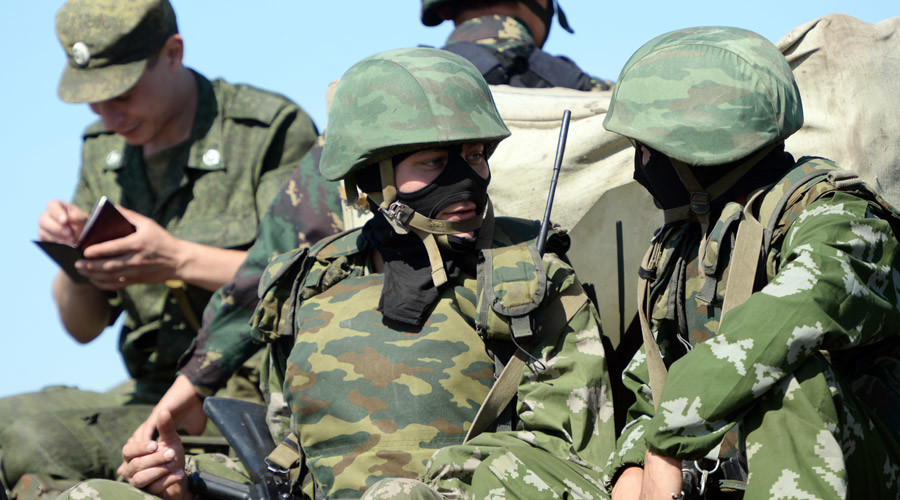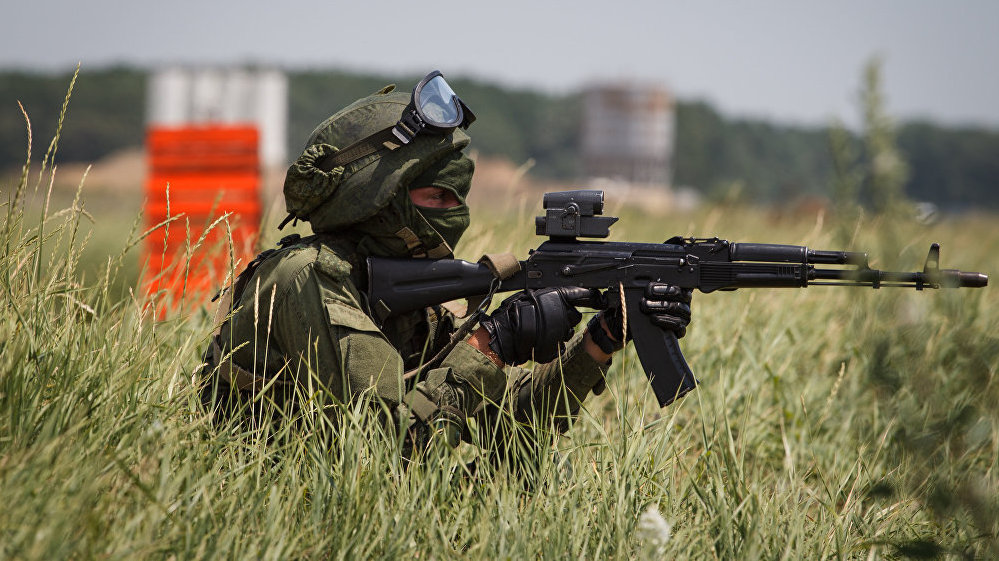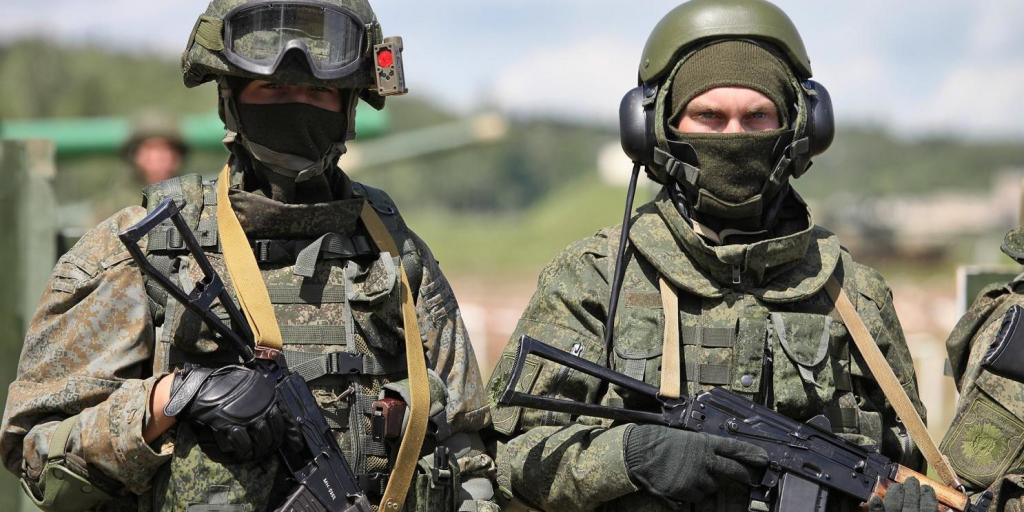The general military charter is a normative legal act that governs the life and life of military personnel, daily activities and their relationships. It should be noted that there is not a single document. It is more correct to speak about the general military charters of the armed forces of the Russian Federation.
general information
How are they received? The statutes of the disciplinary, garrison, guard and internal services, according to the federal law "On Defense", must be approved by decree of the president, who is the supreme commander of the armed forces. They have the power of laws.
Areas of responsibility

Each military charter regulates a specific area. Let's take a quick look at the list.
- Combat charter of the armed forces. Its effect extends to everyone: land and naval forces, internal troops, border formations, railway workers, and so on. This general military charter defines the duties and rights of military personnel, and also establishes a framework in the relationship between them. In addition, it contains a list of powers granted to the main officers of the regiment and its subdivisions. There are also internal rules. It is this charter that guides military personnel of headquarters, directorates, military units, ships, institutions, and enterprises.
- Ship charter of the navy. It is an additional document. Regulates the behavior of ships.
- Disciplinary charter of the armed forces. It defines the essence of the adopted provisions, types of incentives, penalties, commanders' rights, the procedure for submitting and subsequently considering proposals, complaints and applications.
- Charter of guard and garrison services. It determines the purpose, the organization and protection, the duties and rights of officials, and also governs a number of events.
- Drill Charter. He considers the issues of movement with / without weapons, the order of movement by cars and on foot, the implementation of military greetings, the implementation of the review and a number of other points. Affects all military units, headquarters, institutions, command, ships, enterprises and organizations.
Conclusion

Of course, investing absolutely everything in the military charter is difficult and it is not realistic to force everyone to read it in full. Therefore, it was decided that it would contain only the main provisions. Which was implemented: in this way a modern all-military charter was created.
